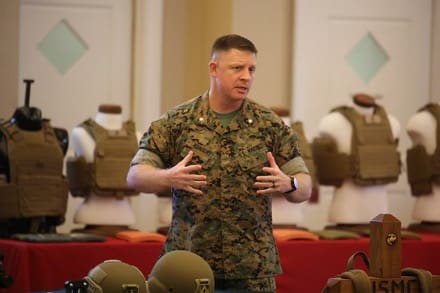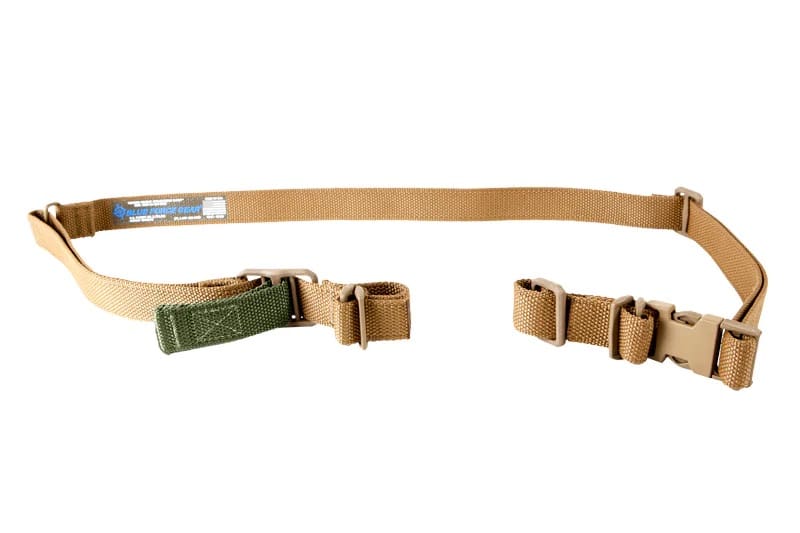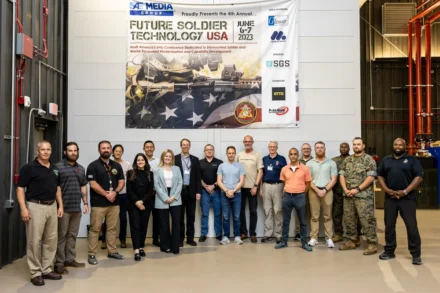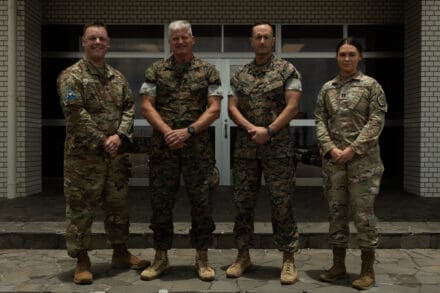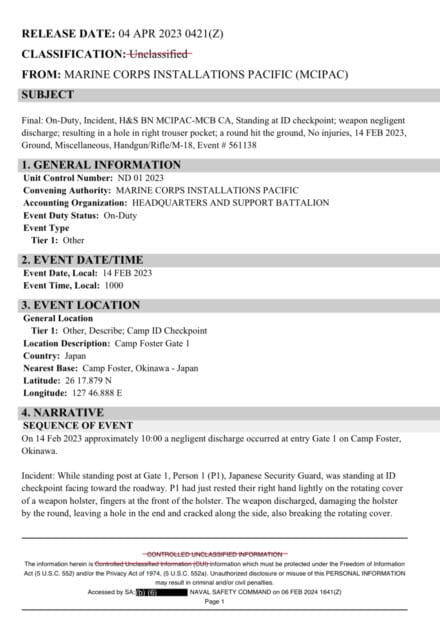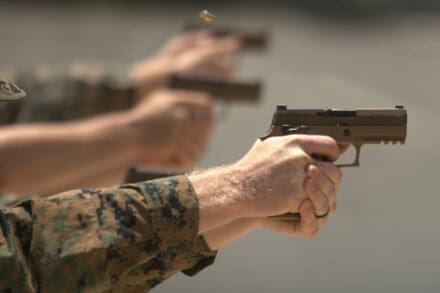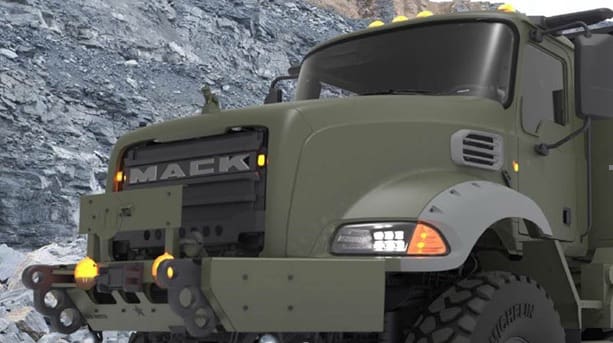This latest order represents the next step toward broader fielding of the SMASH fire control systems across the Marine Corps
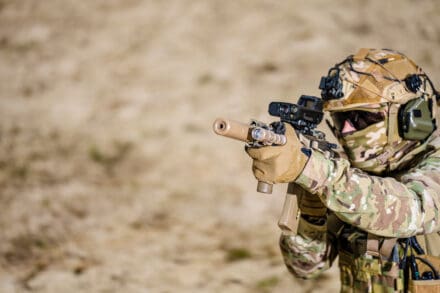
[July 14, 2025] – SMARTSHOOTER, a world-class designer, developer, and manufacturer of innovative fire control systems, is proud to announce that its U.S. subsidiary, SMARTSHOOTER Inc., has received a new order from the United States Marine Corps (USMC) for its SMASH 2000L fire control systems.
The Marine Corps is procuring SMASH 2000L as an interim capability to address its urgent requirement for dismounted Counter-small-Unmanned Aircraft Systems (C-sUAS) solutions. The USMC gained hands-on experience with the system through earlier testing, and this latest order represents the next step towards full adoption across the entire Marine Corps.
SMASH 2000L—SMARTSHOOTER’s lightest handheld-operated fire control system—leverages artificial intelligence, computer vision, and advanced tracking algorithms to enable dismounted forces to detect, track, and precisely eliminate aerial and ground threats. Especially effective against drones and sUAS, SMASH 2000L provides a reliable and combat-proven hard-kill solution to an evolving and urgent battlefield threat.
Initially tested and selected by the U.S. Joint Counter-small Unmanned Aircraft Systems Office (JCO) and the Irregular Warfare Technical Support Directorate (IWTSD) (formally known as the Counter-Terrorism Technical Support Office) as the kinetic solution for squad-level counter-drone missions, the SMASH system continues to gain traction across multiple branches of the U.S. military. It has already been fielded by U.S. Special Forces, the Marine Corps, and several NATO allies.
Michal Mor, CEO of SMARTSHOOTER, said:
“With SMASH 2000L, dismounted Marines are equipped with an effective, combat-proven solution against the growing threat of drones on the battlefield. This new order is an important step toward potential adoption of the SMASH fire control systems at the squad level, and we remain committed to supporting the Marine Corps with cutting-edge, operationally proven kinetic capabilities.”
Combat-proven and deployed by defense and security forces in the U.S., Israel, the U.K., NATO, and other allied nations, SMARTSHOOTER’s SMASH family of Fire Control Systems enhances precision, situational awareness, and lethality—ensuring every shot counts.
For more information, visit www.smart-shooter.com


